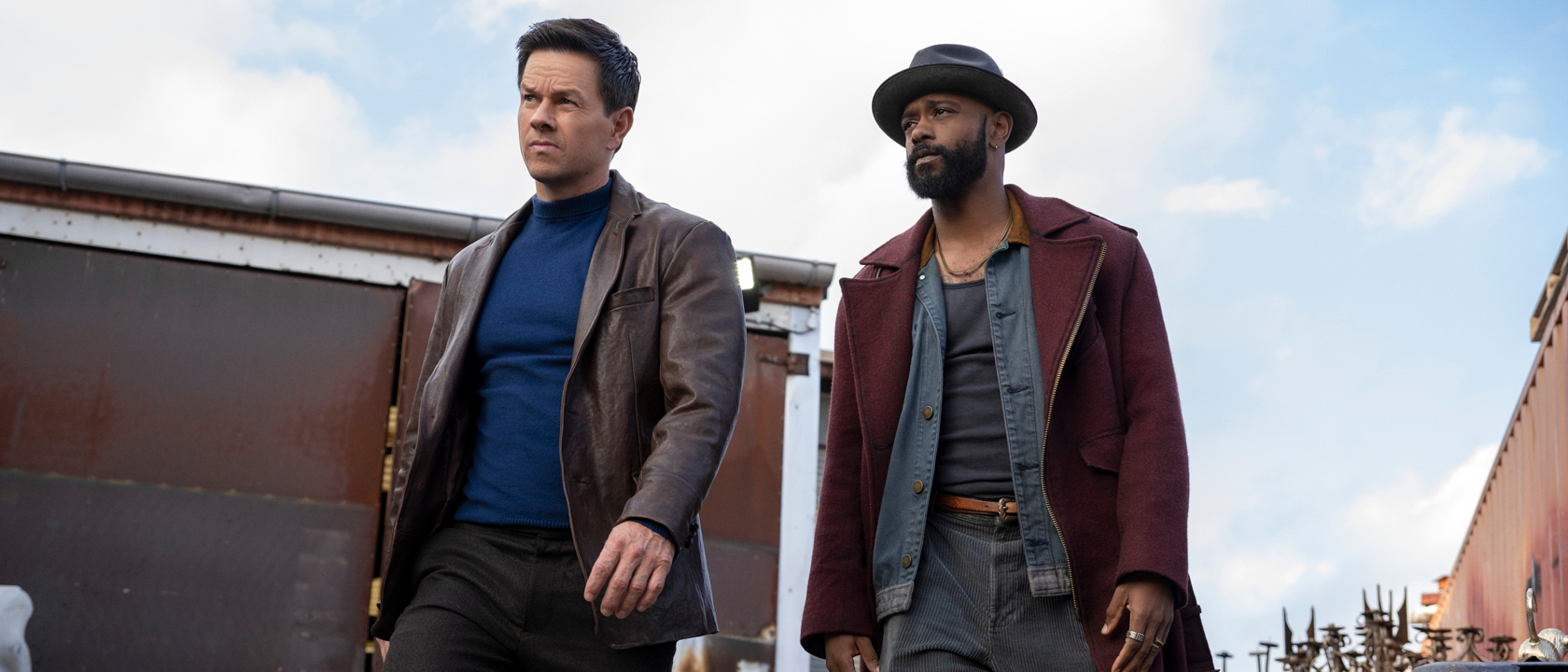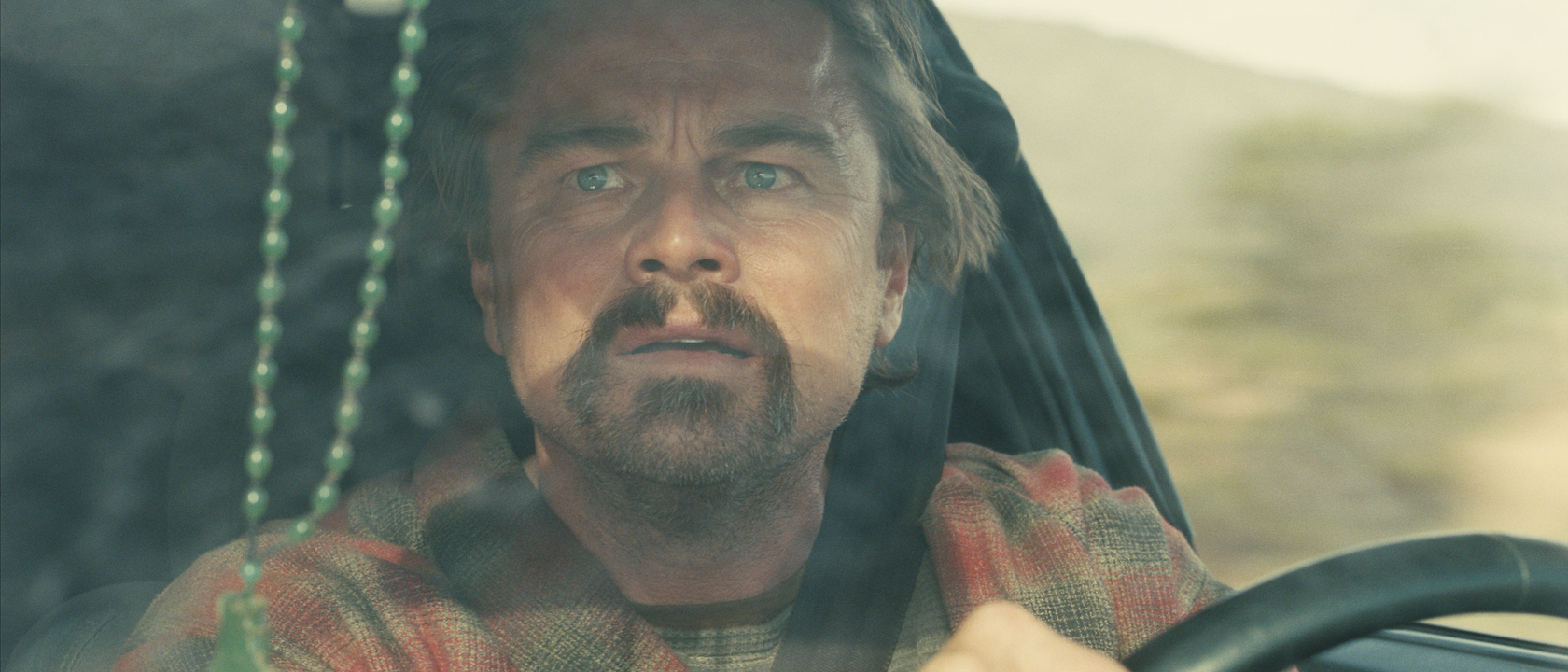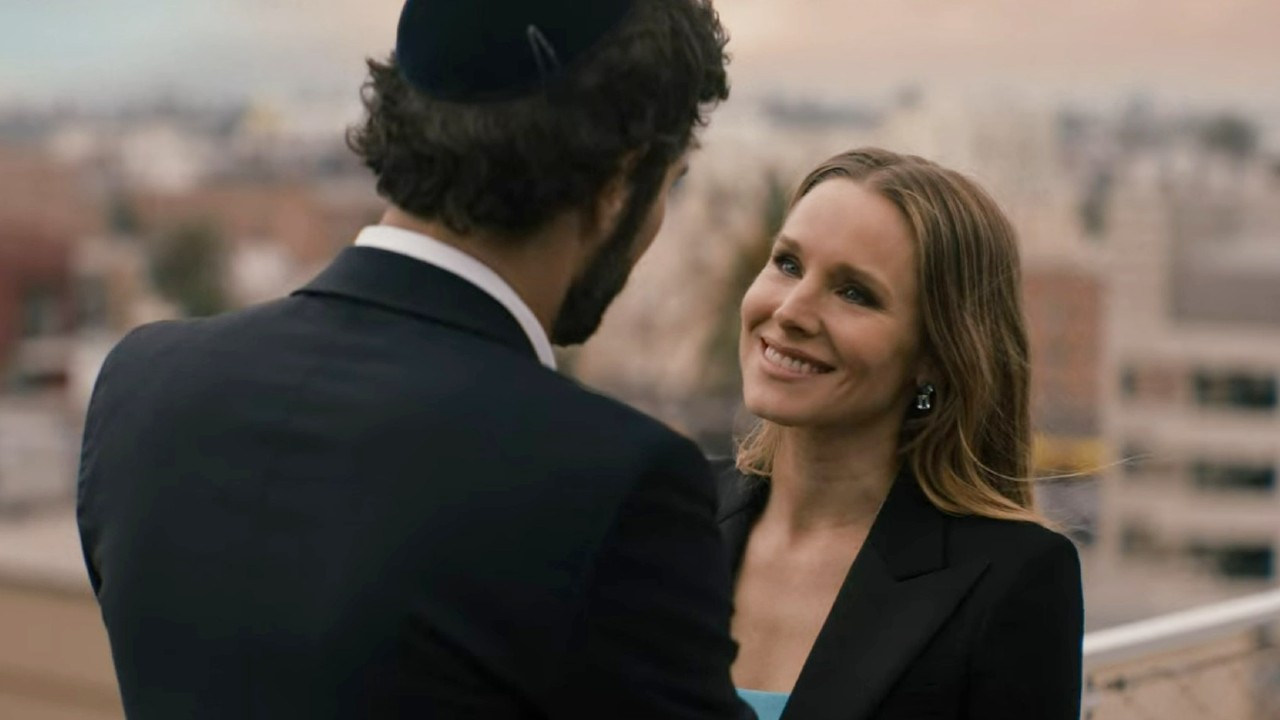Reviews
Latest Reviews

Bugonia Review: Emma Stone Has Found Her Perfect Director Collaborator, And I Hope They Keep Making Movies Together Forever
By Eric Eisenberg published
Director Yorgos Lanthimos continues to get the best out of his Poor Things star.
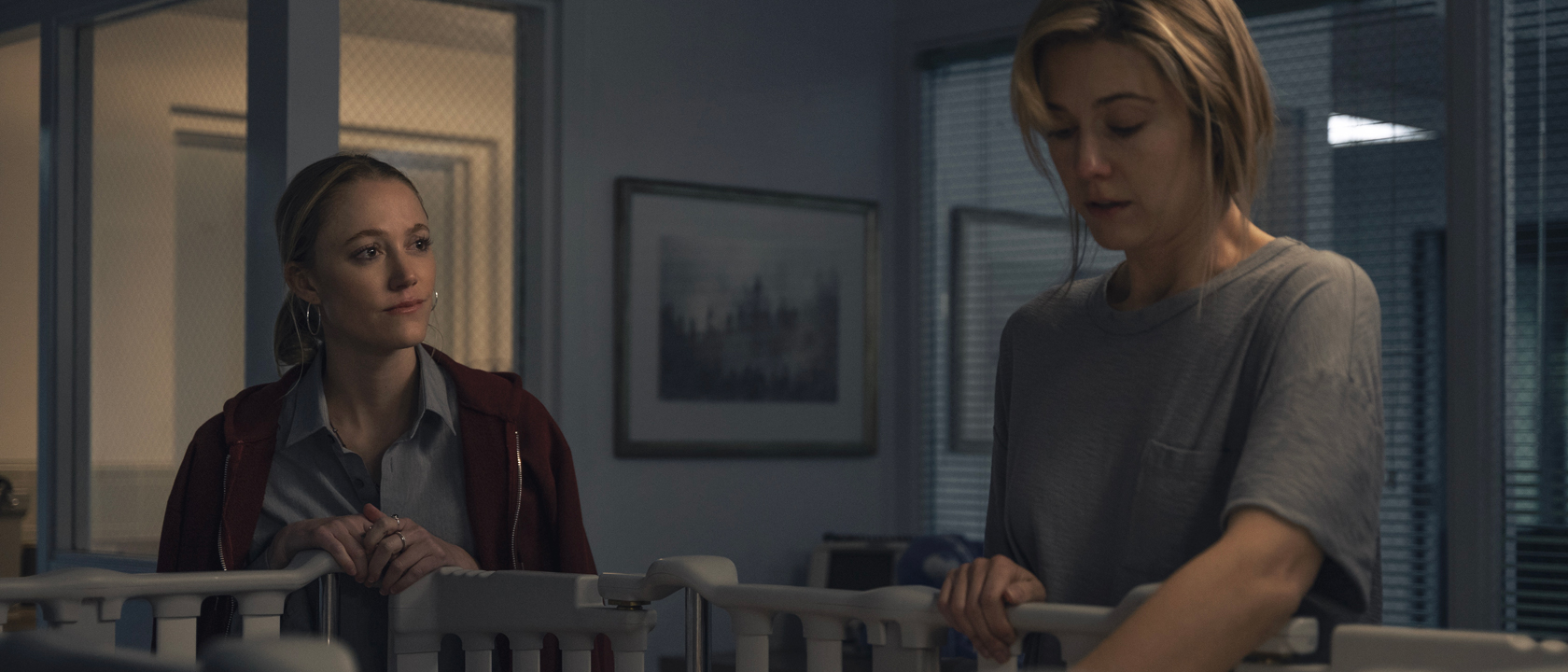
Hulu’s The Hand That Rocks The Cradle Review: Two Of The Best Modern Final Girls Go Toe-To-Toe In The Thrilling, Twisty Remake
By Eric Eisenberg published
Mary Elizabeth Winstead and Maika Monroe make a great on-screen pair.
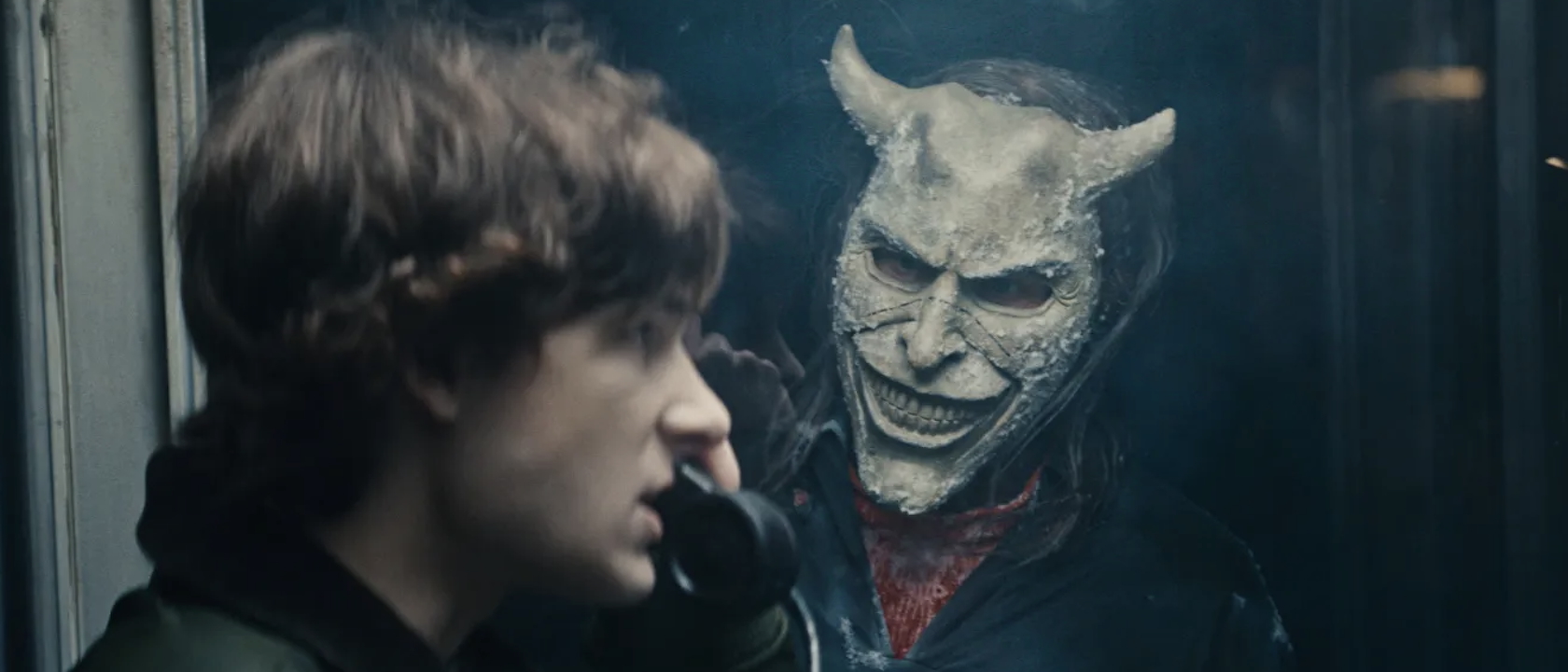
Black Phone 2 Review: The Grabber Returns For A Scary, Standout Sequel That Gets Better The More I Think About It
By Nick Venable published
This isn't the winter wonderland you were looking for.
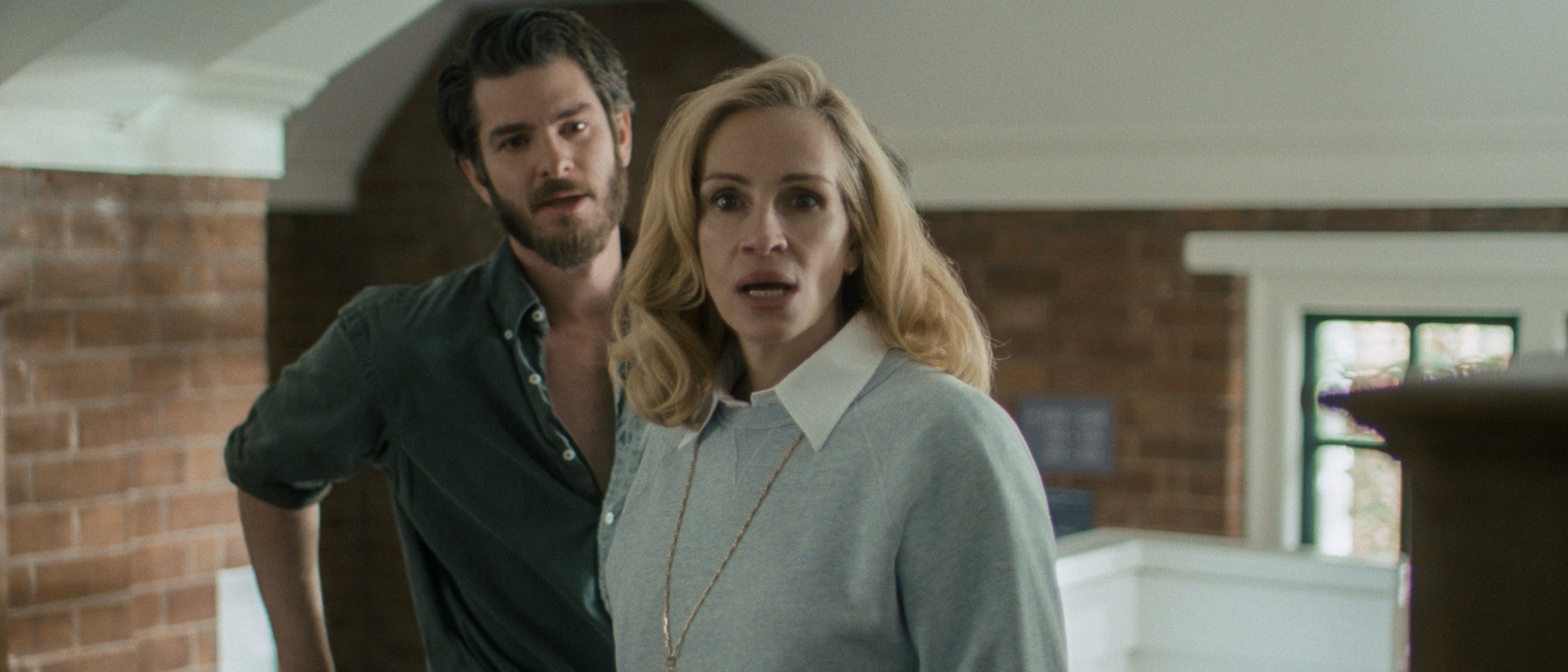
After The Hunt Review: An Exceptional Julia Roberts Performance Cannot Save This Muddled Academia Drama
By Sarah El-Mahmoud published
The thesis needed more refining.
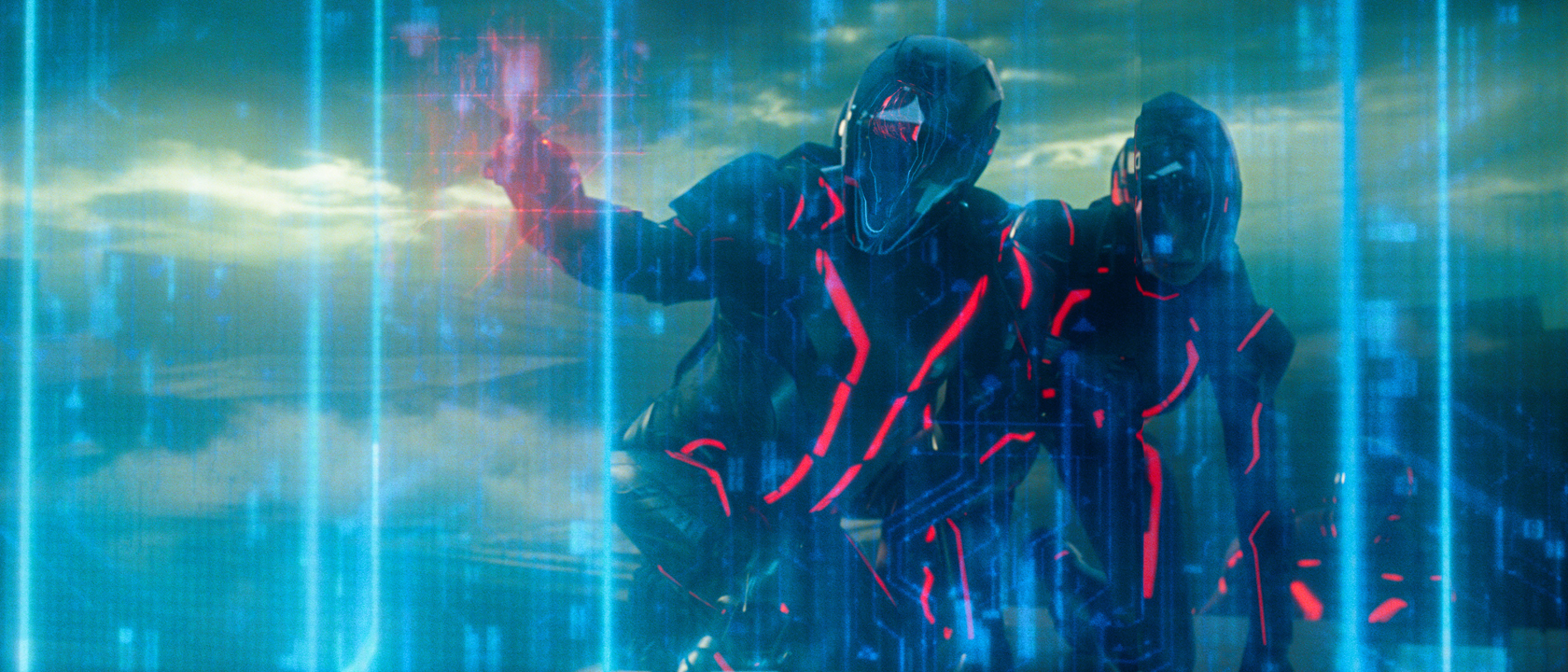
Tron: Ares Review: Radically Empty Spectacle... But At Least It's Very Pretty
By Eric Eisenberg published
And at least the Nine Inch Nails soundtrack is incredible.
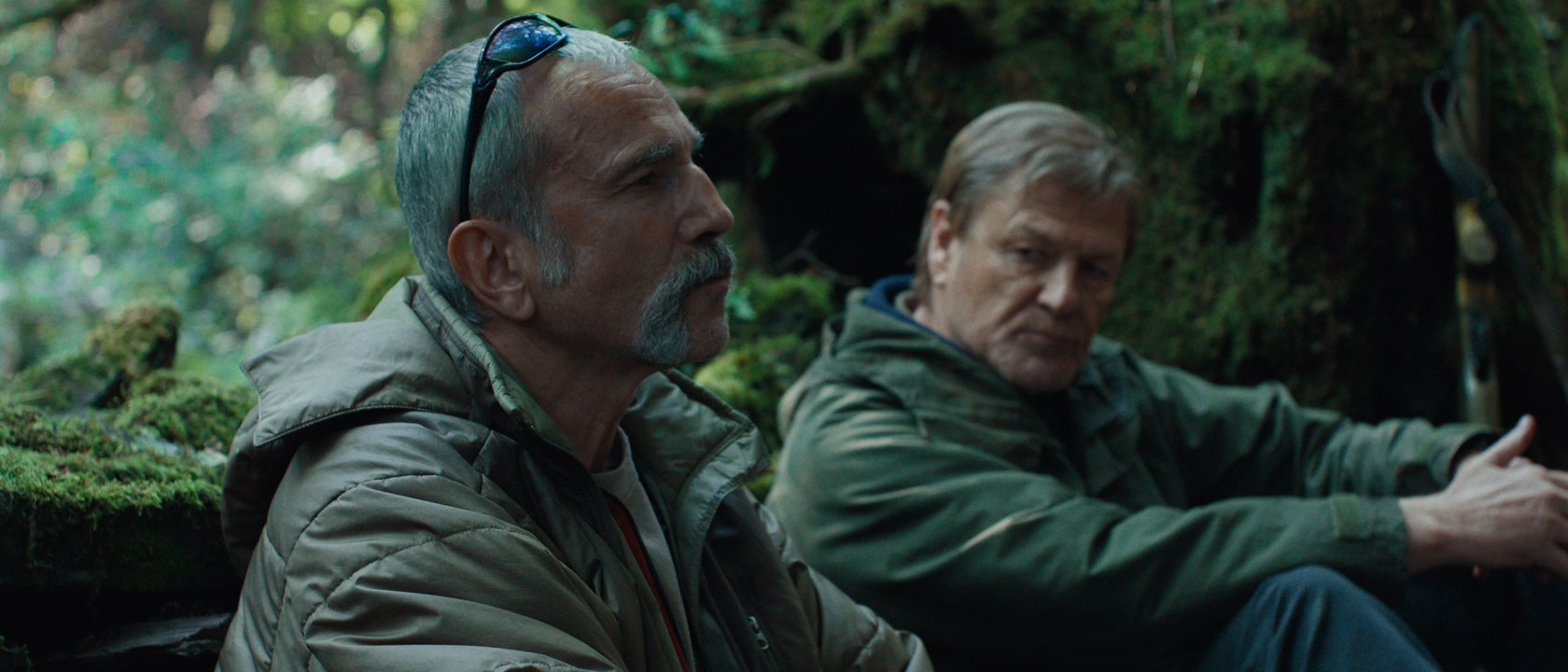
Anemone Review: Daniel Day-Lewis’ Return Is Dark Powerful, And Profound
By Eric Eisenberg published
The legendary actor makes his return after eight years away from the screen.

Good Boy Review: A Handmade Horror Film That’s A Tension-Filled, Yet Earnest Tribute To Man’s Best Friend
By Sarah El-Mahmoud published
An indie achievement that tells a haunted house story from a new perspective.
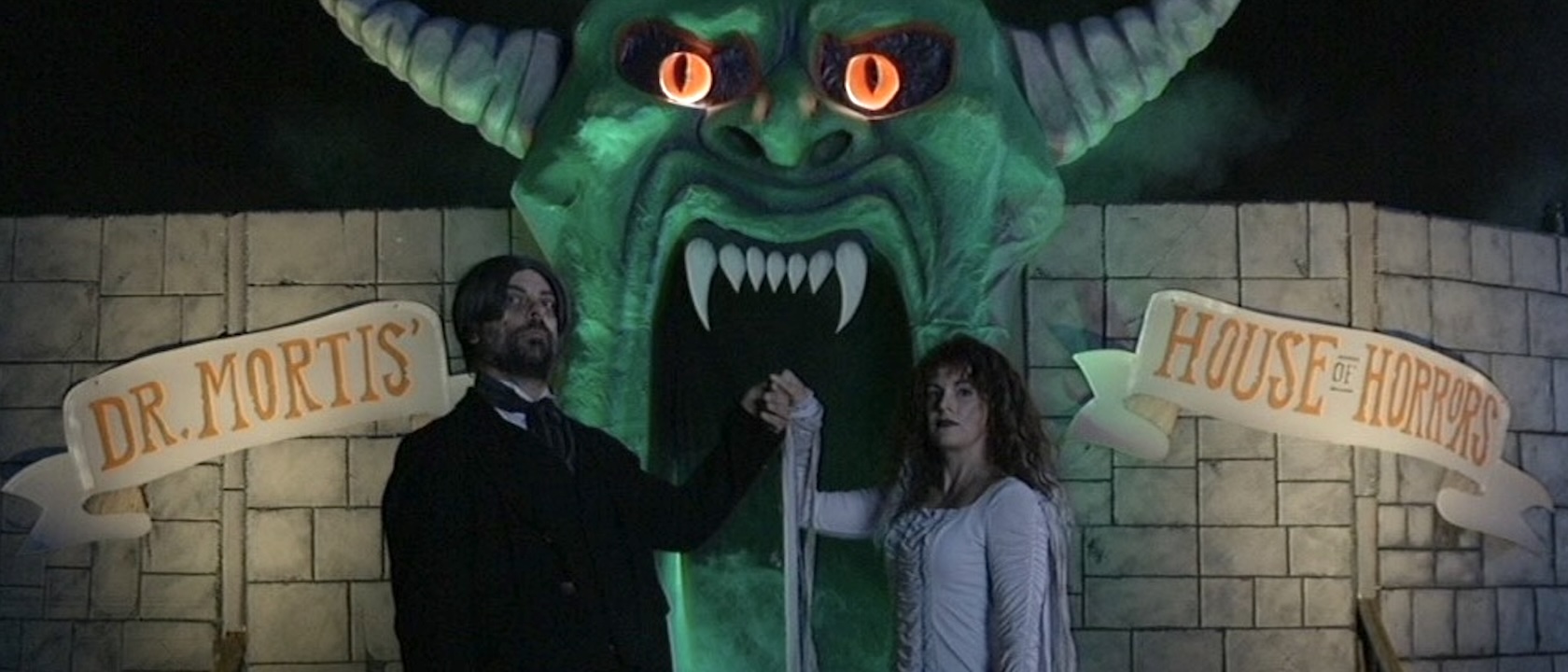
V/H/S/Halloween Review: This Franchise-Best Sequel Puts The Fun Back In Found-Footage Horror
By Nick Venable published
Something wicked this way comes. Six wicked things, actually.
Your Daily Blend of Entertainment News
